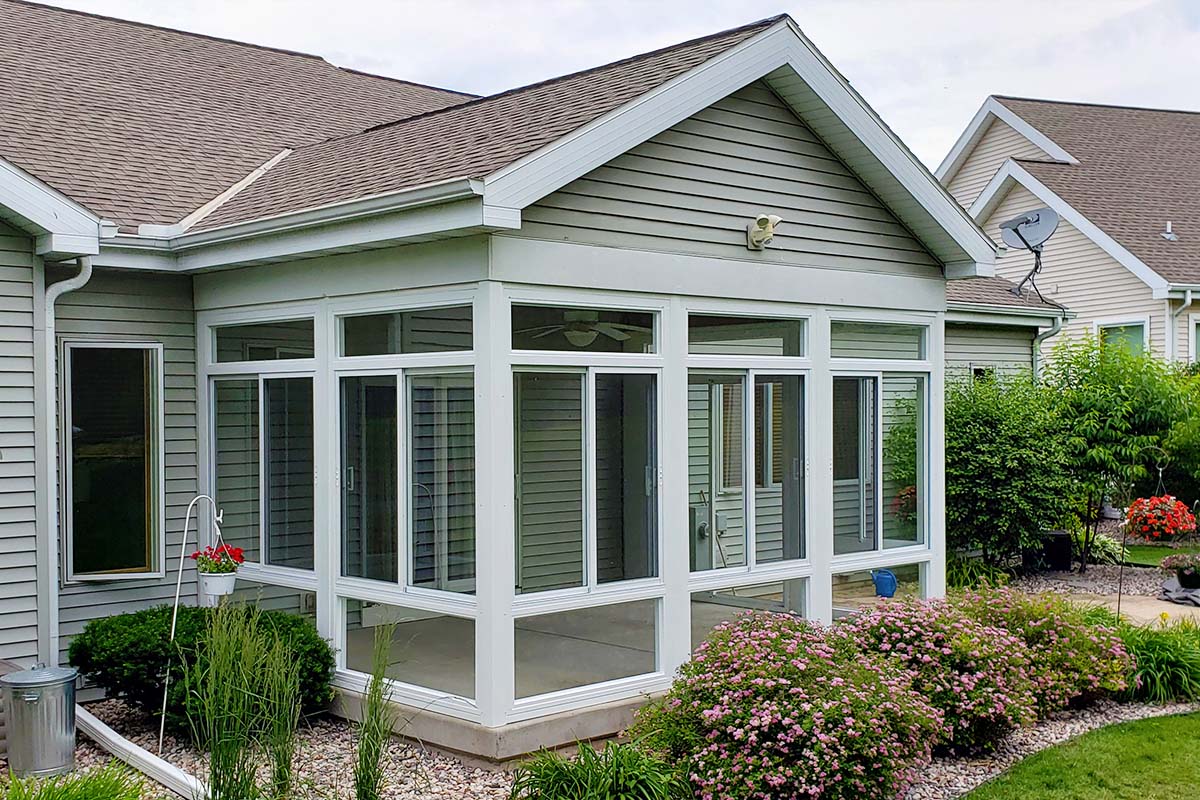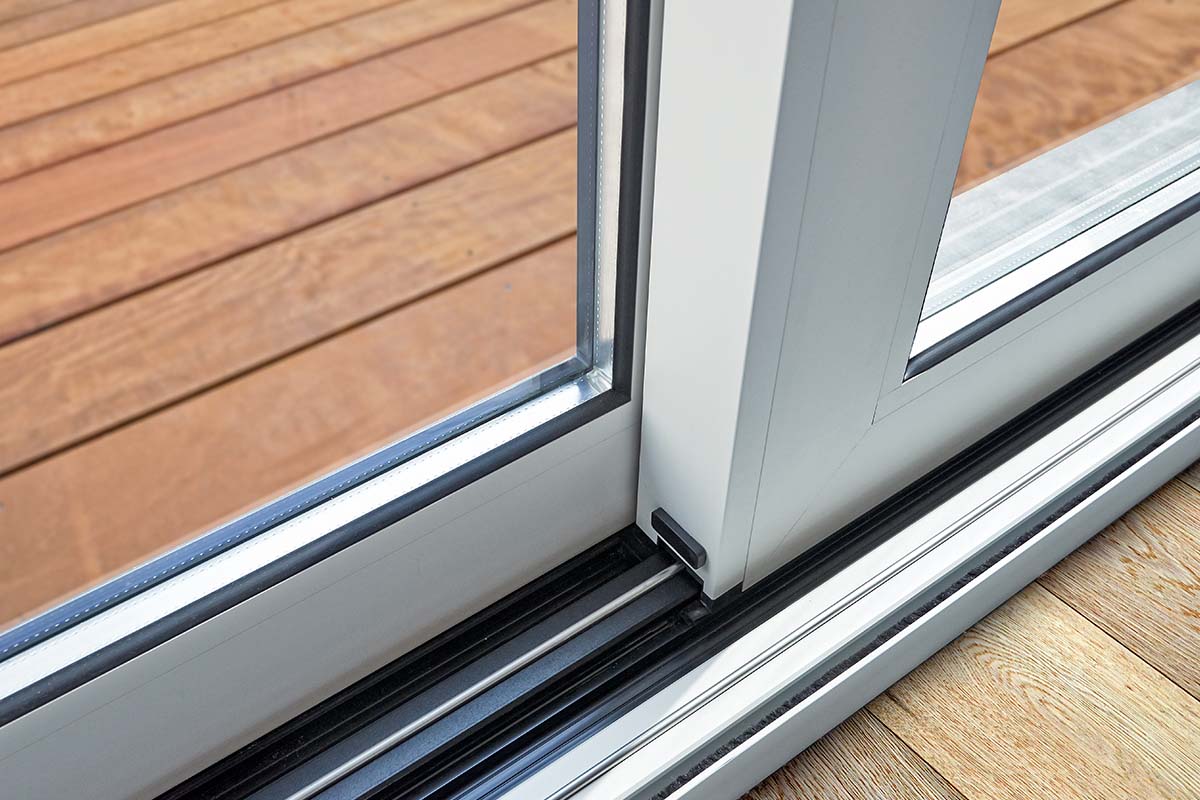When homeowners get to the point of replacing old, worn windows, they are generally looking for their replacement windows to improve their home’s energy efficiency.
Unfortunately, they often times go through the entire replacement windows selection process without having all of the definitive information they need to battle the Madison WI elements in winter and summer.
For example, many people gain a false sense of security if a window has an Energy Star rating. While this identifies products having minimal efficiency ratings, an Energy Star rating does not necessarily identify the best performing product in terms of energy efficiency.
Efficiency Information That Matters
A great place to start is to use a rating system provided by an independent organization known as the NFRC (National Fenestration Rating Council) which is applied to all replacement windows. NFRC is a non-profit organization administering the only uniform, independent rating and labeling system for the energy performance of windows and doors.
Five Most Critical Performance Measures
1. U-Factor
U-factor measures how well replacement windows prevent heat from escaping. The lower the U-factor, the greater a window’s resistance to heat flow and the better its insulating value. U-factor ratings generally fall between 0.15 and 1.20. U-factor measures the entire window assembly (glass, frame, seals, etc.).
Most people are familiar with R-value, but U-factor is how windows are rated by the NFRC. R-Value is a measure of thermal resistance. How well a material resists flow of heat. It is the inverse of the U-factor (R = 1/U) and is expressed in units of hr-sq ft-°F/Btu. A high-effective R-value window has a greater resistance to heat flow and a higher insulating value than one with a low R-value. R-Values for windows generally fall between 0.83 and 6.67.
Note: An old single pane glass window with a storm has an R-Value of approximately 1.
2. Solar Heat Gain Coefficient (SHGC)
The SHGC is the fraction of incident solar radiation admitted through replacement windows, both directly transmitted and absorbed and subsequently released inward. SHGC is expressed as a number between 0 and 1. The lower a window’s solar heat gain coefficient, the less solar heat it transmits. Finding a balance between providing free heat in the winter and reflecting solar heat in the summer can be done with numbers between 0.25 and 0.40.
3. Visible Light Transmittance
Visible transmittance (VT) is an optical property indicating the amount of visible light transmitted. VT numbers include the entire window’s glass & framing. While VT theoretically varies between 0 and 1, most values among double and triple pane windows are between 0.30 and 0.70. The higher the VT, the more daylight is transmitted.
4. Condensation Resistance
Condensation Resistance (CR) measures how well replacement windows resist the formation of condensation on the inside surface. CR is expressed as a number between 1 and 100. The higher the number, the better a product is able to resist the potential for condensation formation. High quality windows have CR numbers from 55 to 75.
5. Air Leakage
Heat loss and gain occur by infiltration through seals in the replacement window assembly. It is indicated by an air leakage rating (AL) expressed as the equivalent cubic feet of air passing through a square foot of window area. The lower the AL, the less air will pass through seals in the window assembly. High quality windows have AL numbers of .10, the lowest number achievable from NFRC testing.
Get in Touch
Ready to Save on Energy Costs?
If homeowners use these measures as a guide for selecting replacement windows, they will select the most energy efficient windows for their home. With rising energy prices, it only makes sense to use these ratings to save money and get the performance you want from your investment. Contact ClearView Sunrooms & Windows today to get started!



